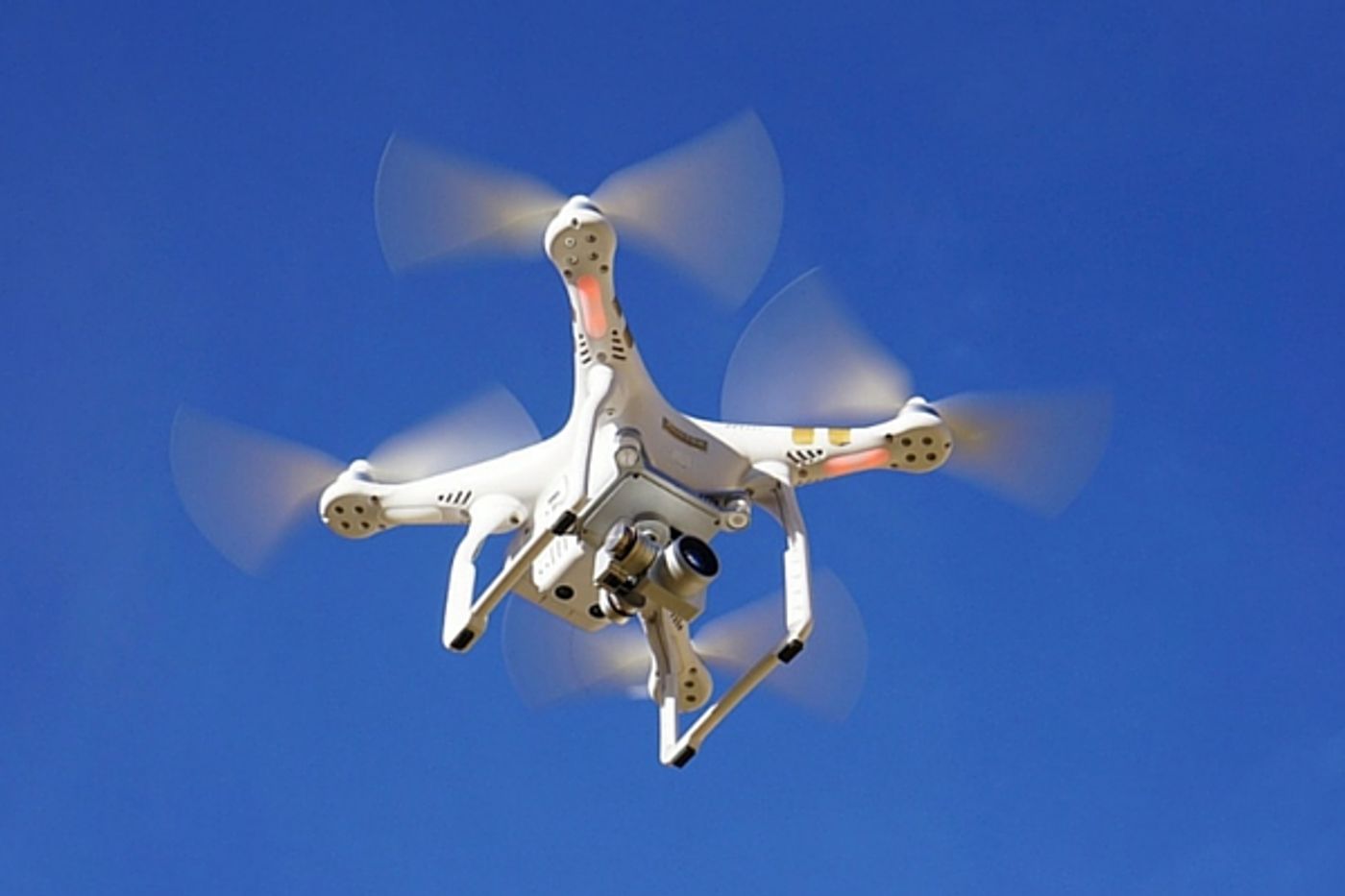Can you move things with your thoughts? As it turns out, some people can, but they are not carnival performers or nightclub acts. In one case they were students at the University of Florida in Gainesville. In a world’s first, a race was conducted with drones controlled entirely by the thoughts (and associated brain wave patterns) of their pilots. It was possible through the technology of BCI, or Brain Computer Interface. It’s a process that takes the specific neuronal activity going on in the brain, collected via an EEG headset worn by the person whose brain activity is being monitored, and assigns it to a particular function. It has applications in medical science for those with prosthetic limbs or a person with a neurodegenerative disease that needs to control a wheelchair or other assistive device.

Professor Juan Gilbert, Chair of the Computer Information and Science and Engineering department, organized the drone race at the University of Florida. He and his students devised a step-by-step process for how a race could be conducted entirely with drones controlled by brain activity. Headsets were worn by students who were then asked to think about various functions like raising the drone off the ground, propelling it forward and landing it.
These thoughts then had to be translated. Each wearer’s thoughts are unique to them, even if they are all about the same function, such as forward movement. The EEG headsets were customized in a sense to the specific electrical activity in the brain of the student wearing it. Once there is a recording of the specific neurons that fire while a person is imagining the drone moving forward, the computer programmers begin their part of the task.
The neuronal activity is converted into code that specially built receivers placed on the drones can decode. While one student’s neuronal pattern may differ from another’s when imagining forward movement, the programming makes it universally understood by the drones so that they can follow the signals.
Drone races are becoming very popular, but traditional races with drones controlled by hand held remotes are much faster and, some would say, more exciting. The drones in the race held at the University of Florida did not move at a fast pace, but there was excitement in the crowd gathered anyway. Students were literally sitting at a computer interface and making the drones move forward. A few of them had some bumps along the 10 yard course, but getting to the finish line on brain power made up for any lack of speed or thrills.
Professor Gilbert told Reuters, "The implications are far beyond the race. It's fascinating. It's the first of its kind. It's the future." He is encouraging other universities to develop drone racing teams of their own, using the EEG headsets and in doing so can move the technology of BCI forward into even more possible applications. Check out the video below to see some of the race.
Source:
University of Florida,
Reuters,
AP The Big Story,
Tech Crunch









